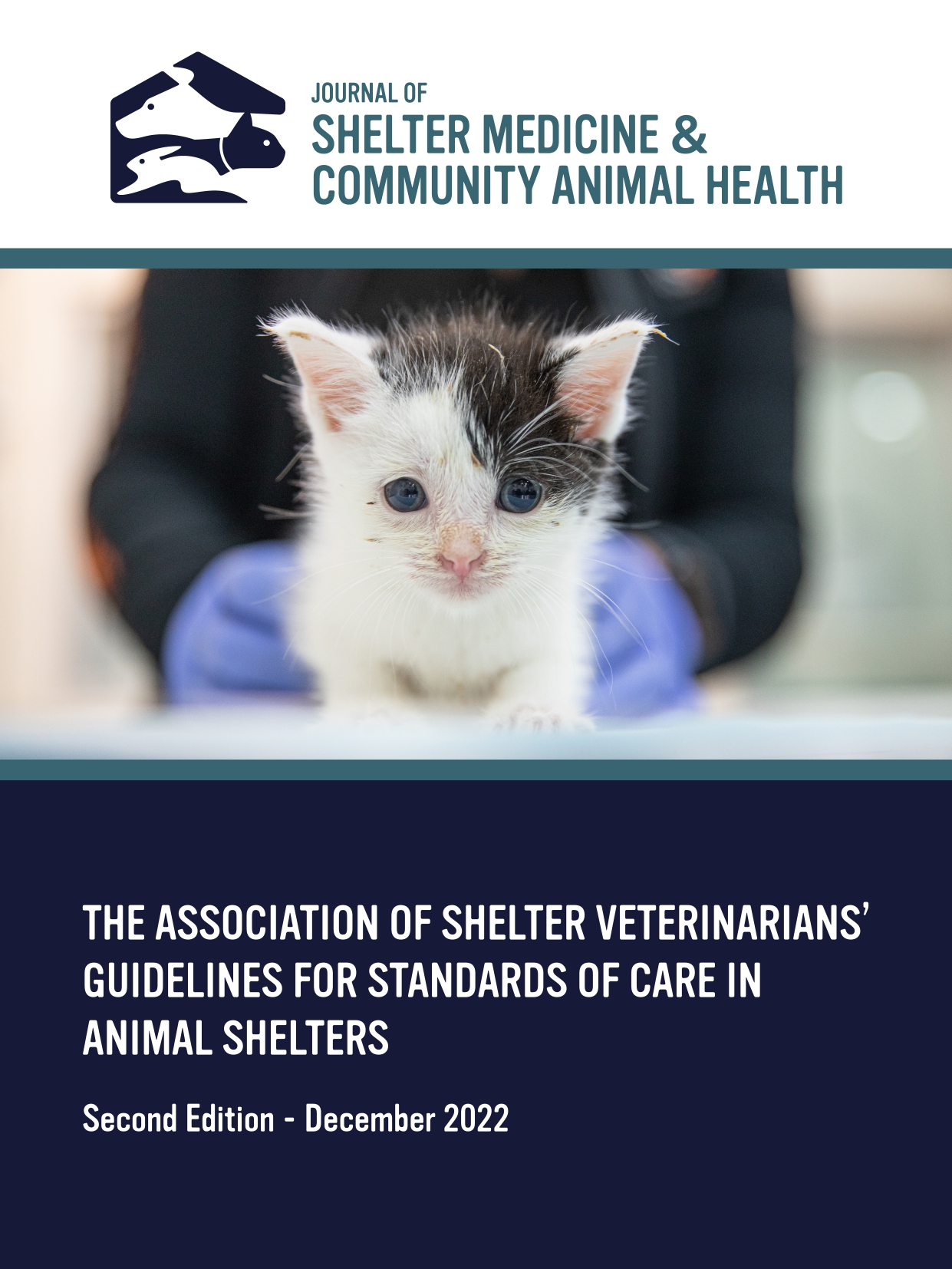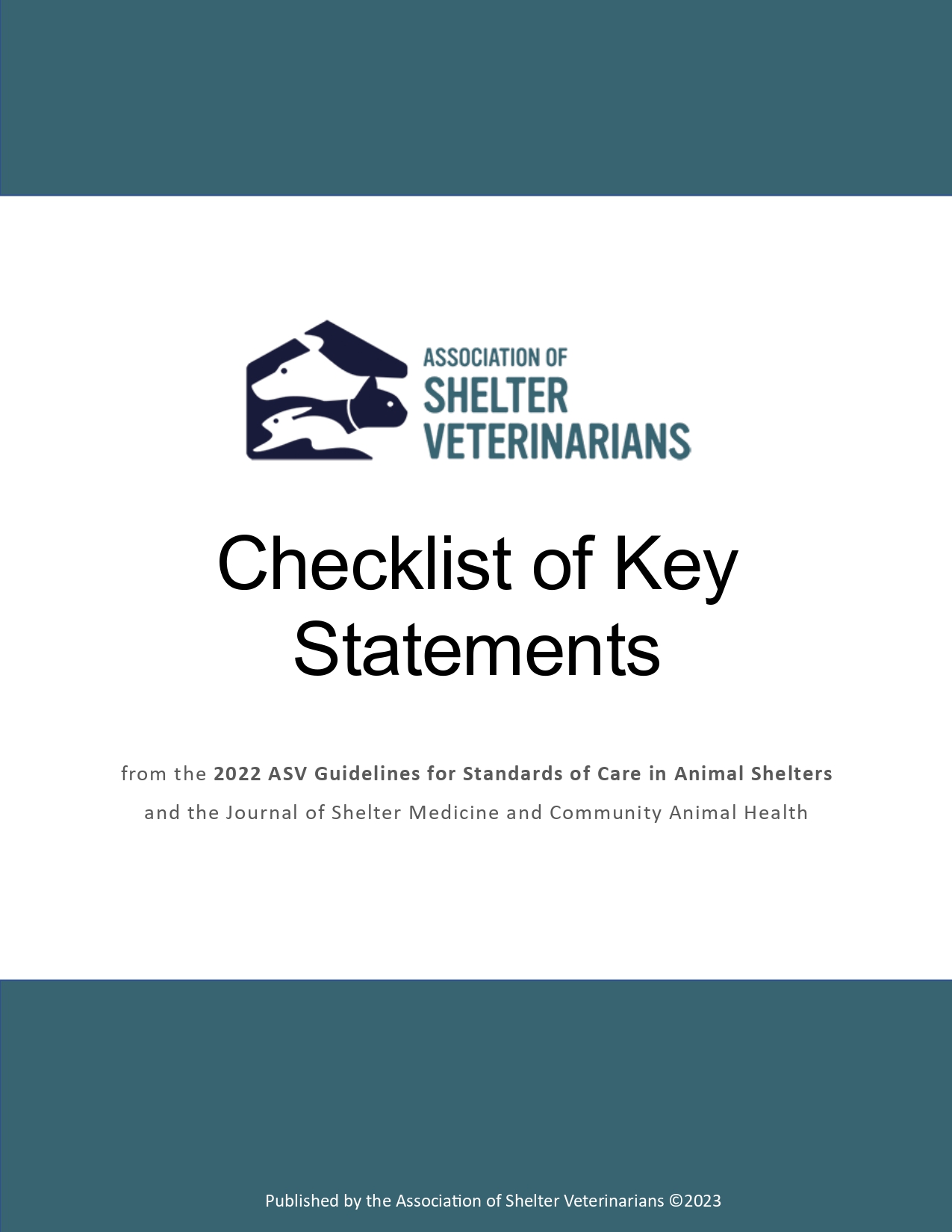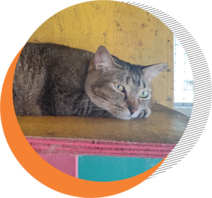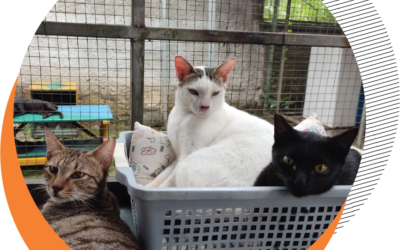ANIMAL WELFARE SHELTER

SHELTER WELFARE CONCEPT
Some might believe, that having a roof over your head with daily food and water would already meet all animal needs‘. But there is so much more to rescuing homeless animals and giving them a happy life. Preventive Whole–of–Life–Care.
Oleh: Loes Schure, DVM, M.VSc
The individual animal needs can be translated into physical and physiological needs. As we all know translated into the 5 Freedoms of Welfare.

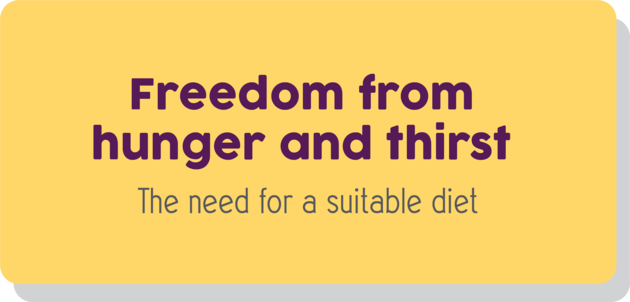
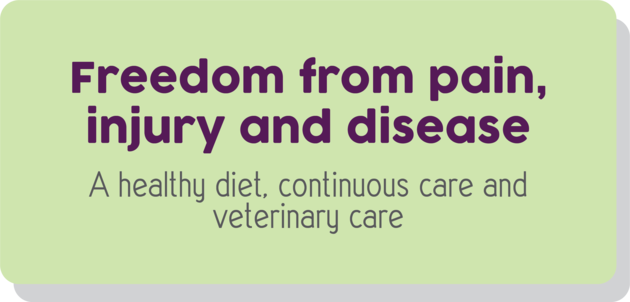
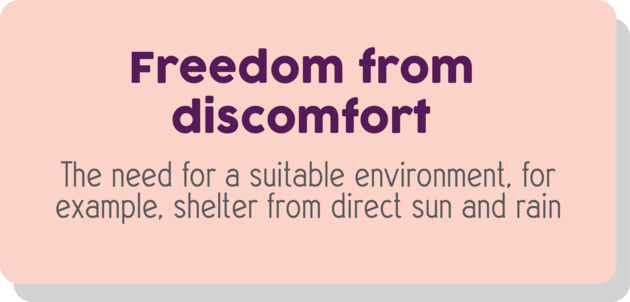
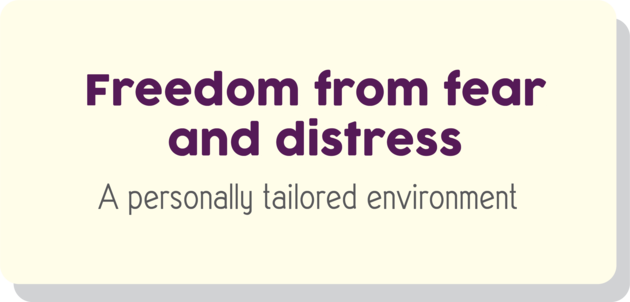
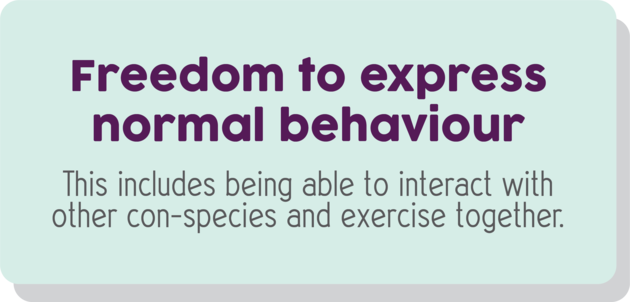
To be able to ensure these 5 Freedoms of Welfare, the shelter needs to ensure they do not exceed their maximum capacity. Each shelter needs to assure they do not exceed the maximum number of animals they can keep.
This maximum number of animals is taking into account the maximum financial capacity plus the maximum care the caretakers can give physically and emotionally, besides the capacity of the housing. Going beyond the shelter‘s capacity is a gross violation of Animal Welfare.

As we all know, stress can lead to illness and even death. Creating a stress free and fear free environment is as important as shade against the sun and rain, water and food. In a shelter setting it is necessary to create a ‘safe-haven” for all, a ‘fear free” environment. Do not mix species. Cats and dogs might get along in your home setting because you taught them to respect each other. But a fear free environment for cats is very different of that for dogs. It all has to do with their species-specific behaviour. In a shelter separating the two species is strictly adamant. Understanding the natural behaviour of dogs and cats is key to creating a stress free shelter.
Adoption: The Key to Helping Animal Shelters Operate Better
By : Drh. Mikeu PaujiahStray animal shelters play a vital role in providing protection and care for abandoned, injured, or abused animals. However, the sustainability of these shelters heavily...
What is Animal Hoarding ?
What is Animal Hoarding ? Animal hoarding is a complicated problem where someone keeps more animals than they can afford, according to the American Society for the Prevention of Cruelty to Animals (ASPCA). The complexity of this situation stems from the fact that it involves mental health concerns, animal welfare, and public safety.
8 KEY POINTS OF OBSERVATION
8 KEY POINTS OF OBSERVATIONAdapted by : Drh. Mikeu Paujiah, Dipl. Ed. Montessori1. Overall body postureLoose and wiggly or tense and stiff? Upright or crouched? Leaning toward or away?2. Hair...
